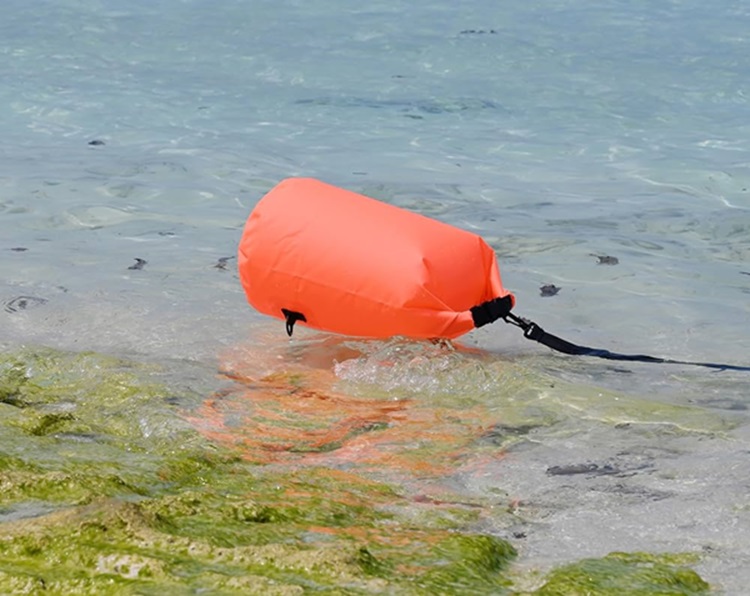Dry bags are essential equipment for water activities and outdoor adventures, effectively protecting valuable items from water and moisture. However, there is a common question surrounding dry bags: can dry bags float on water? This article will delve into the principles of dry bag buoyancy and their applications and safety recommendations in water activities.
Design and Materials of Dry Bags
Functionality of Dry Bags
Dry bags are specifically designed to protect items from water immersion during water activities. They are typically made from waterproof materials such as PVC-coated nylon or TPU to ensure the interior remains dry.
Material Selection
Choosing high-quality waterproof materials is crucial for the buoyancy of dry bags. Lightweight materials with inherent buoyancy help dry bags float in water.
Principles of Buoyancy
Basic Principle of Buoyancy
According to Archimedes’ principle, when an object is submerged in a fluid, it experiences an upward buoyant force equal to the weight of the fluid displaced by the object. This means that the object will float in the fluid until its weight equals the weight of the displaced fluid.
Applications and Recommendations for Dry Bag Buoyancy
Applications of Dry Bag Buoyancy
The buoyancy of dry bags makes them highly valuable in water activities. They not only protect items from water immersion but also help them float on the water surface, reducing the burden of carrying.
Safety Recommendations
When using dry bags, it is essential to ensure proper sealing to prevent water ingress. Additionally, avoiding overloading dry bags is crucial to maintain their buoyancy effect. Regularly checking the sealing performance and overall condition of dry bags is also an important safety measure.
While not all dry bags have the same buoyancy, most dry bags can float on water. Understanding the principles and applications of dry bag buoyancy helps in utilizing dry bags effectively to protect valuable items and ensure safety during water activities.










